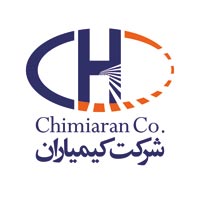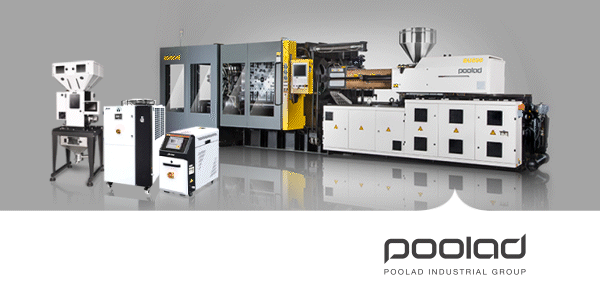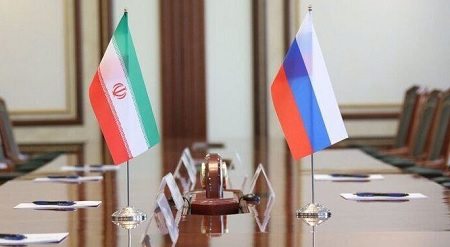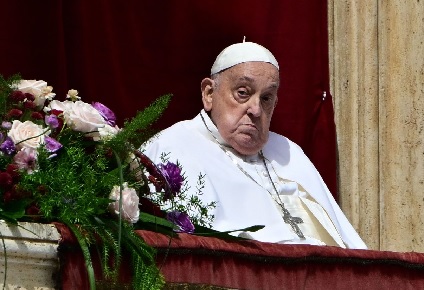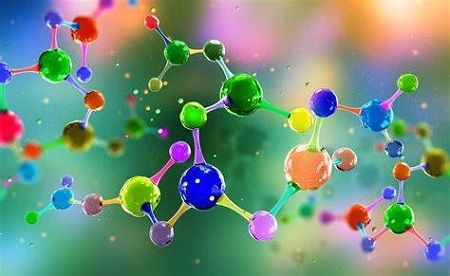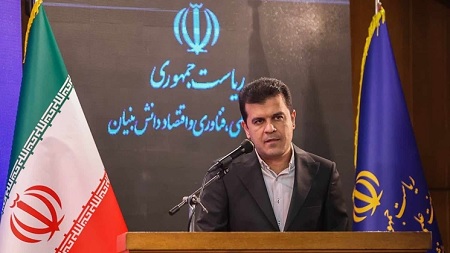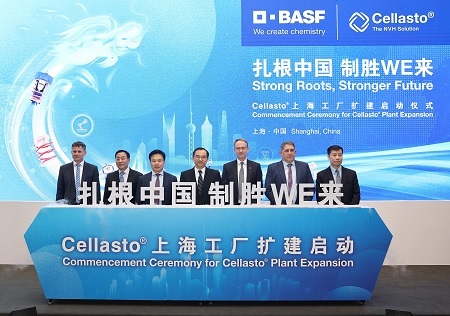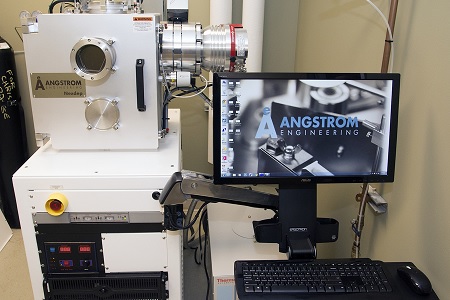BMW’s reincarnation of the British classic Mini has proved to be a roaring success – after it took over the marque from Rover in 2000 it has produced over three million Mini’s. With the wraparound windscreen, big eye headlights and wide chrome grille, the Mini has one of the car industry’s most iconic looks.
The original BMC Mini had metal A-pillars as part of the uni-chassis, but with the BMW Group’s revamp, the car was enlarged with more premium technologies and trims.
Its designers chose materials that would underline the car’s premium character, such as high-gloss elements to create a harmonious appearance.
The BMW Mini took a different approach to building the A-pillars – to give the car’s front a more seamless look they added a high-gloss pillar post in piano black, replicating glass to make the windscreen appear bigger.
The design was enabled by Evonik’s Plexiglas, (polymethyl methacrylate [PMMA]). The material provides high-gloss Class A surface with great depth of colour combined with toughness. Tony Halbländer, Senior Technical Marketing Manager at Evonik, said: “Our high-gloss material creates a very classy appearance like glass, which far outshines coated surfaces. These never appear entirely smooth, whereas the injection-moulded pillar post is well-nigh perfect.
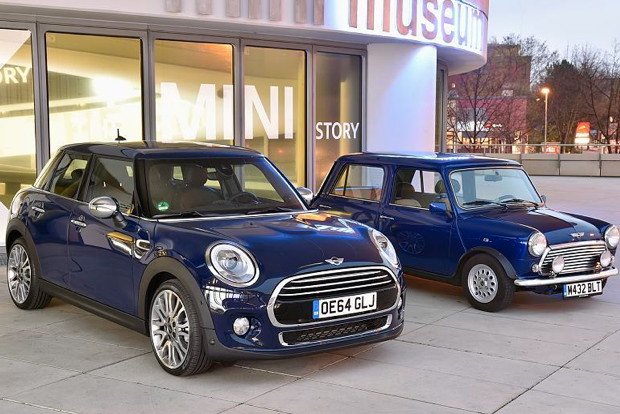
Halbländer was the Plexiglas project manager responsible for introducing the component to the Mini. The Plexiglas surface is resistant to fuels and chemicals, and has excellent resistance to UV light and weathering. That means the material looks as good as new even after many years of exposure to all winds and weathers. Evonik recently confirmed this in a laboratory weathering test. Compared with other plastics, the optical appearance of Plexiglas remains virtually unchanged over the entire service life of a vehicle.
Halbländer recalled: “Our non-transparent add-on car body components made of Plexiglas 8N moulding compound in the special colour 9V022 were a real innovation in the early 2000’s.
“[The previous Mini’s] coating components is very time-consuming. Automobile manufacturers can dispense with this step by choosing car body parts with moulded-in colour, made of Plexiglas. The A-pillar posts in the MINI were our first serial application for high-gloss add-on car body components made of Plexiglas.”
Following the first generation of the BMW Mini in 2001, fourteen other variants of the classic have been launched on the market, such as the popular Clubman. As the Mini family has grown, so too have the fields of application for high-gloss Plexiglas panels. “It all started with the A-pillar post, but now these components can be found all over different models of the Mini,” added Halbländer.
Since the 2007 facelift, the C-pillar panel, which is much larger than in previous models, has also been made from the Evonik product. In the Mini convertible, the windscreen member is finished off at the top with a panel made from PMMA.
Source: eppm



